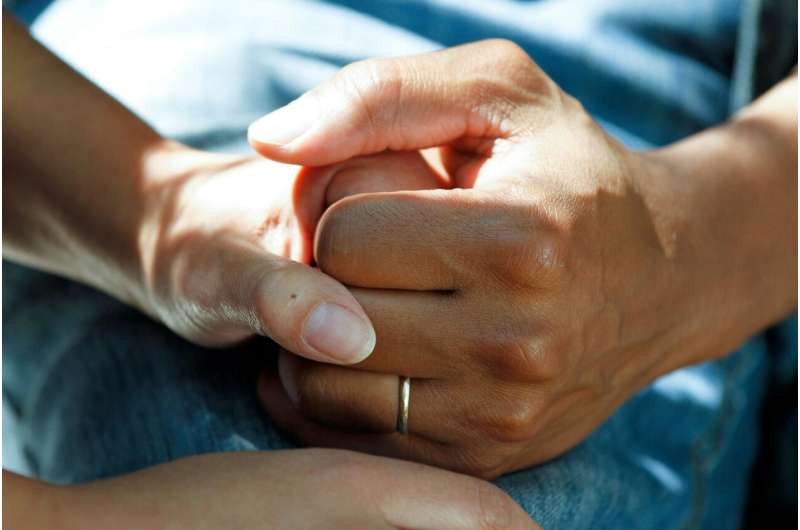
Patients with lung cancer who were Asian/Pacific Islander, Black or Hispanic experienced a higher intensity of end-of-life care compared to white patients, according to a Northwestern Medicine population-based analysis published in the Journal of Clinical Oncology.
“When we think about patients with cancer and end of life, there’s a lot of research that shows that most patients would prefer not to be in the hospital. Dying in the hospital or spending last days in the hospital is not associated with better outcomes, it’s not associated with higher quality of life, it’s costly and it sometimes goes against the patient’s wishes.
“So, the goal is how do we how do we prevent this from happening, from patients dying in the hospital and receiving this intense care that may not be helpful and that they may not even want,” said Gladys M. Rodriguez, MD, MS, assistant professor of Medicine in the Division of Hematology and Oncology and lead author of the study.
Lung cancer is leading cause of death in the U.S., according to the Centers for Disease Control and Prevention. The current five-year survival rate is low, approximately 26.6%, because the cancer is typically detected and diagnosed when it has already advanced into later stages, according to a 2023 report from the American Lung Association.
Previous work has also shown disparities in lung cancer mortality among patients of racial and ethnic minorities compared to white patients. However, less is currently known about the intensity of care that patients receive at the end of life.
In the current study, Rodriguez and colleagues analyzed data from the California Cancer Registry database linked to the California Office of Statewide Health Planning and Development patient discharge data and emergency department data to identify adult patients with a lung cancer diagnosis who died between the years 2005 and 2018.
The investigators’ primary outcome was intensity of care in the 14 days before patient death. Intensity of care was defined as any hospital admission or emergency department visit, ICU admission, intubation, CPR, hemodialysis and death in an acute care setting. The team then used multivariable logistic regression models to identify associations between race and ethnicity and intensity of end-of-life care.
The investigators identified more than 200,000 patients with lung cancer who died from 2005 to 2018. The average age of patients was 75 years. Additionally, 51% of patients were male, 70.8% were white, 0.5% were Native American, 10.5% were Asian/Pacific Islander, 7.5% were Black and 10.8% were Hispanic.
In the last 14 days before death, the investigators found that Asian/Pacific Islander, Black, and Hispanic patients had higher intensity of end-of-life care and greater odds of a hospital or emergency department death compared to white patients.
Overall, the findings highlight a need for optimizing care to improve patient outcomes and reduce disparities. One approach, Rodriguez said, is to rethink how and when palliative care or hospice care services are introduced to patients and their families.
Rodriguez added that health care providers and institutions need to sharpen their focus to address health literacy and language barriers, which can help patients and their families decide to receive appropriate care in a timelier manner.
“How do we communicate these difficult topics for patients in a way that they can understand? We need to meet them where they are based on the language they speak, the health literacy that they have, and then include our own clinicians to be able to deliver that information in a culturally appropriate way for patients,” said Rodriguez, who is also a member of the Robert H. Lurie Comprehensive Cancer Center of Northwestern University.
More information:
Gladys M. Rodriguez et al, Racial and Ethnic Disparities in Intensity of Care at the End of Life for Patients With Lung Cancer: A 13-Year Population-Based Study, Journal of Clinical Oncology (2024). DOI: 10.1200/JCO.23.01045
Citation:
Study identifies disparities in end-of-life care for lung cancer patients (2024, May 8)
disparities-life-lung-cancer-patients.html
.
. The content is provided for information purposes only.
